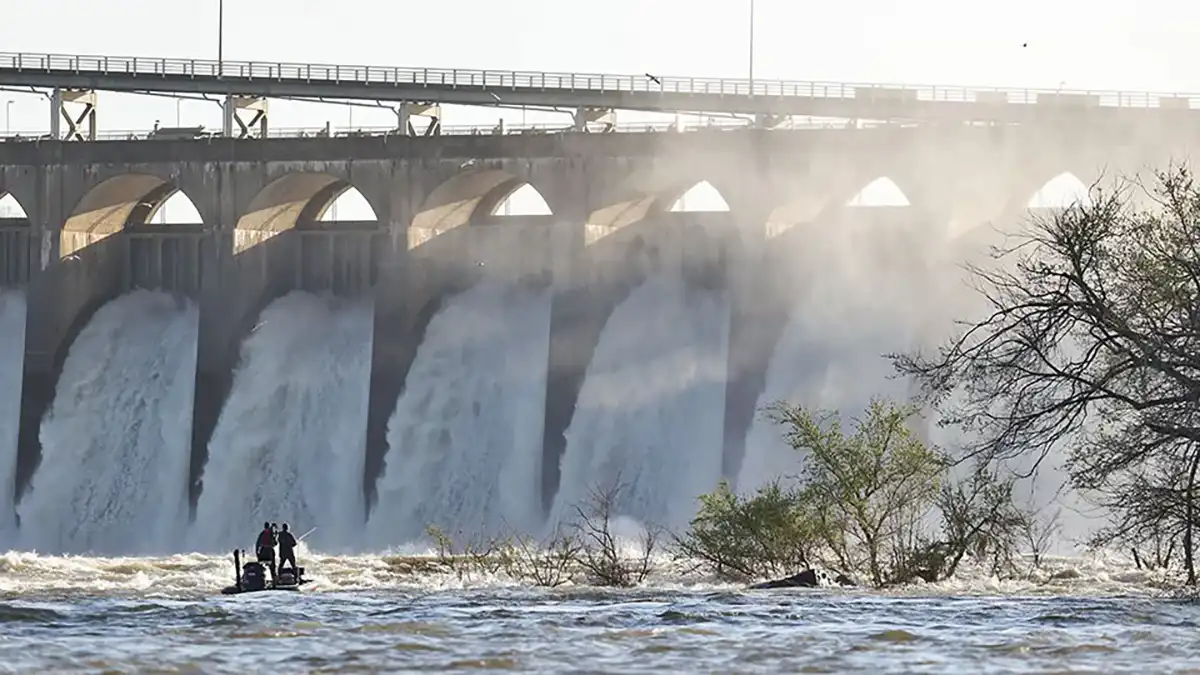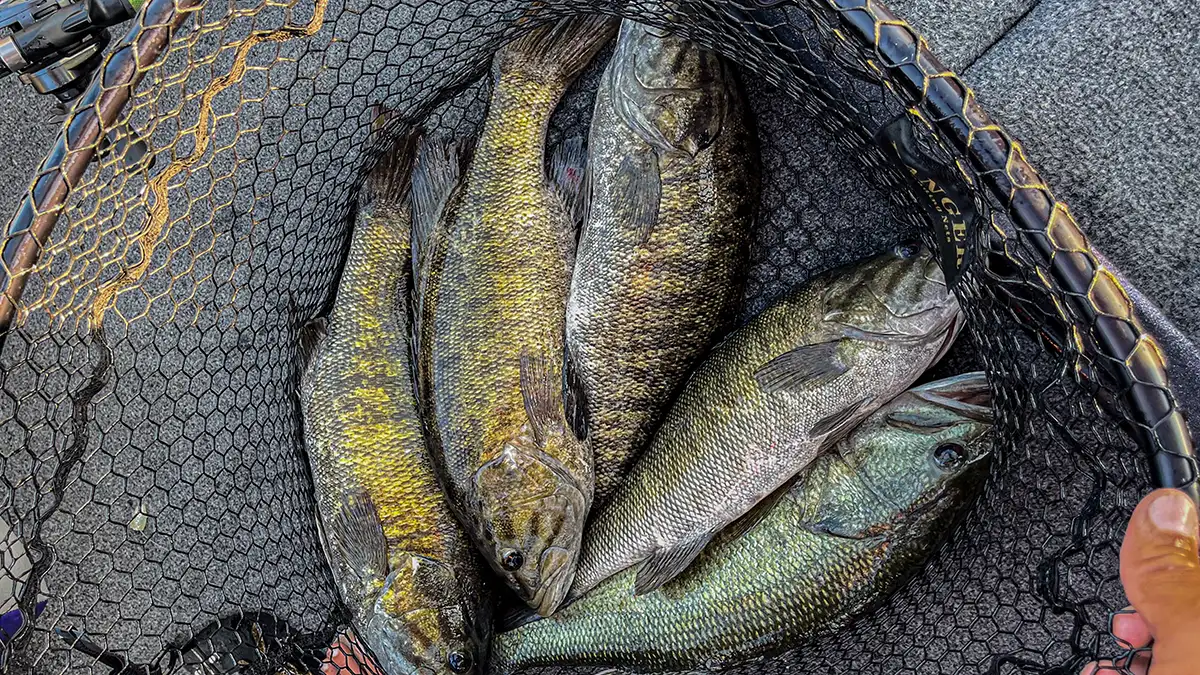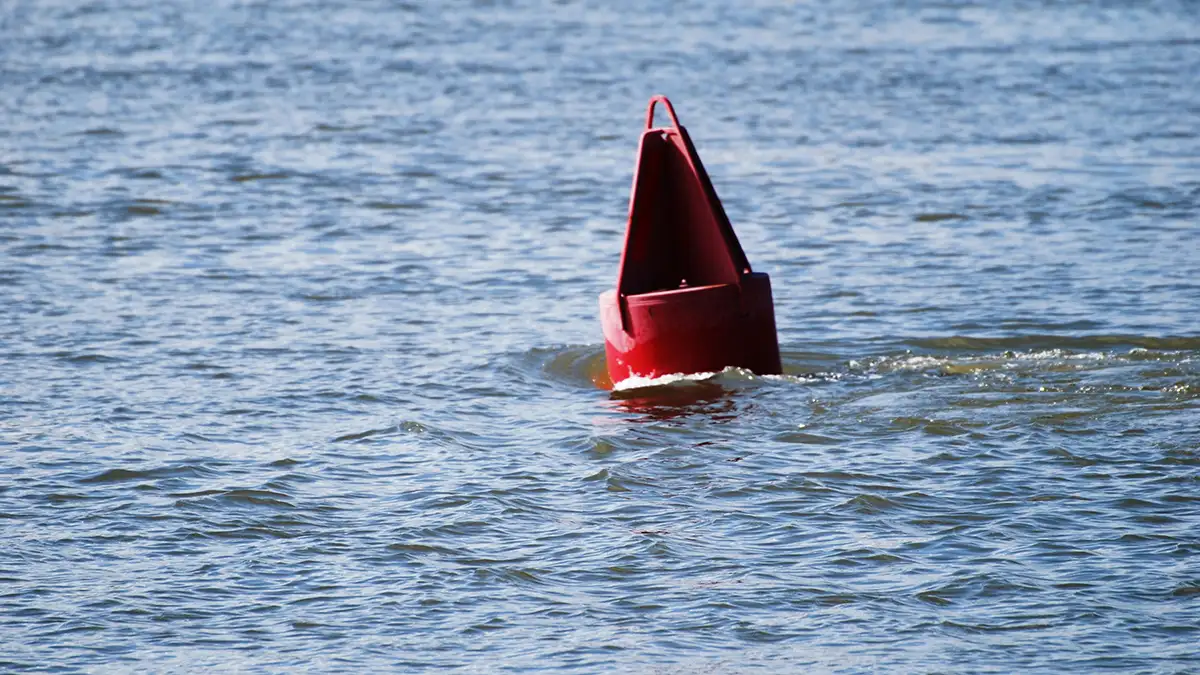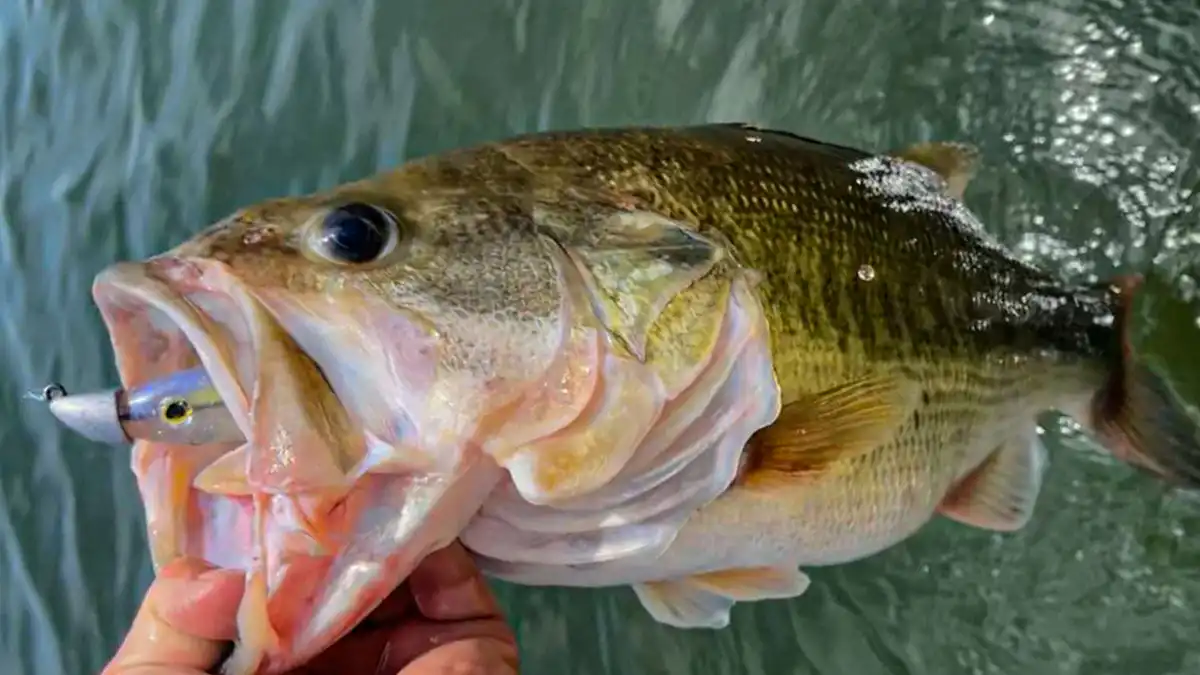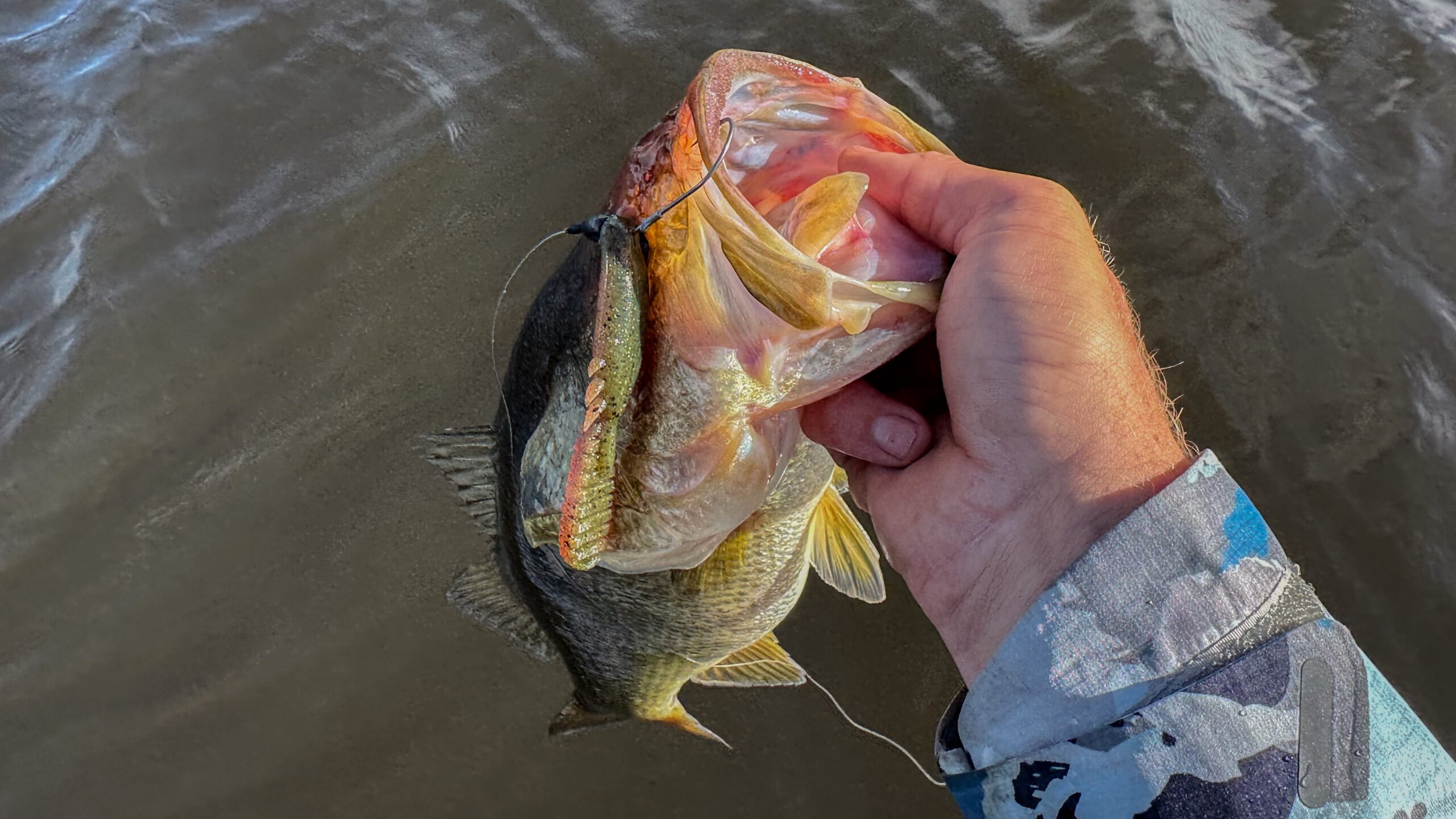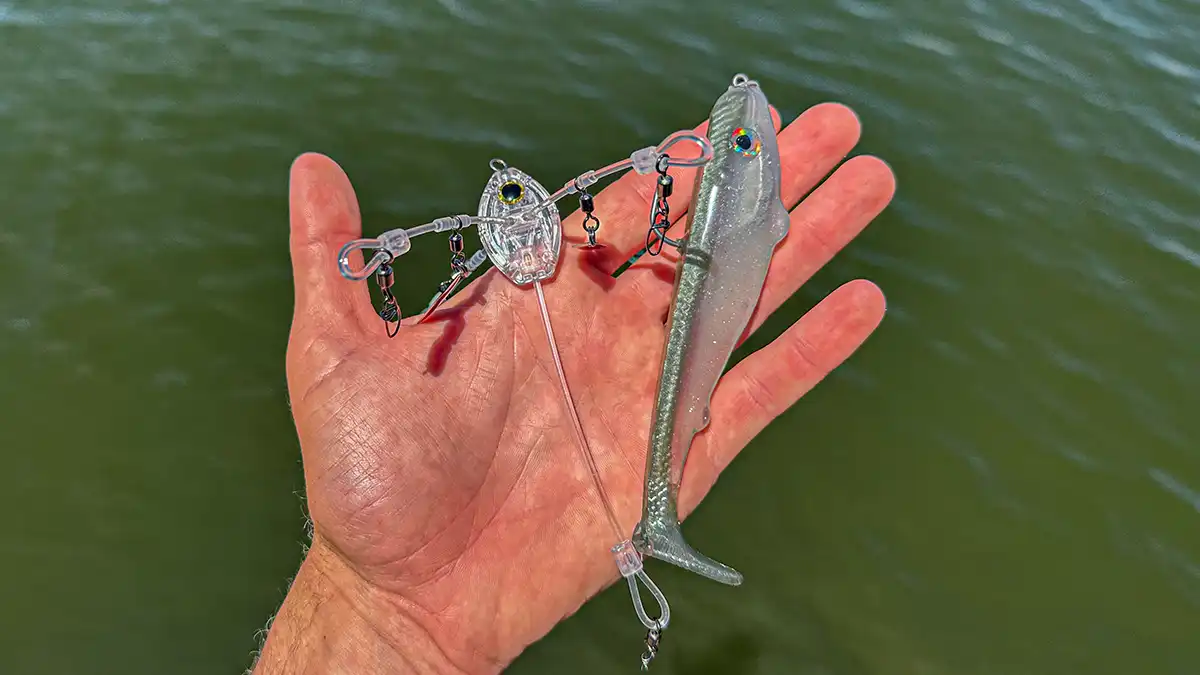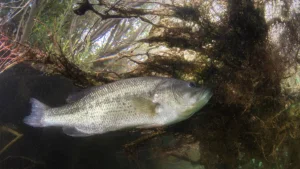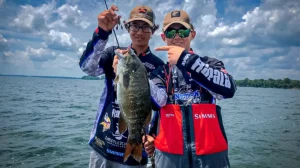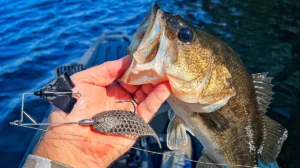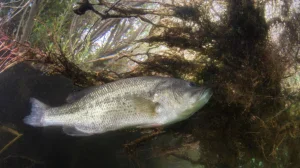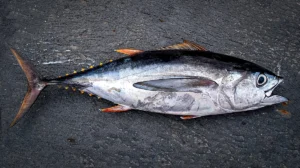Tailrace fishing has been a historic way to catch giant limits of bass since the inception of our sport. Famous fisheries such as Lake Wilson and Lake Pickwick are home to world class tailraces that produce giant limits of bass every year. While the anglers that catch these fish may make it look easy, it’s not always that simple. There’s a lot of variables that all must come together to constitute a good day of tailrace fishing, and paying attention to each one is crucial. This feature highlights exactly how, where and when to fish a tailrace.
WHAT IS A TAILRACE
A tailrace is the water that flows from beneath a dam or other manmade structure. These tailraces can vary in size as each one is unique. They can be found on nearly every river system in the country and they almost always have a quality population of bass. Not only are these locations home to all three species of bass, but they often have an abundance of striper, catfish and other commonly found species. While the bass are almost always present, getting them to bite is another story. These locations are typically home to lots of current, rock and other types of hard cover. The biggest factor in determining when to fish a tailrace is current flow and time of year.
WHEN TO FISH A TAILRACE
Growing up on the Tennessee River, I’ve spent lots of time fishing tailraces. I’ve fished nearly every tailrace on the TVA as each is home to an abundance of quality fish. Throughout my years of fishing tailraces, I’ve noticed that the fishing is much better during certain times of year. This is largely related to where fish are in relation to spawn. In both the post and pre spawn bass are primarily focused on feeding. This gives them the energy they need to make it through the spawn, and it often results in fish congregating in current in search of forage. Because of this, I almost strictly fish tailraces in the fall, winter and summer.
While I’ve found these seasons to be the best, you can still catch fish here during the spring. During the pre and post spawn fish will often sit around fast current waiting to ambush shad and other types of prey. In the spring however, these fish will transition into the slack water with the intent of making beds. Bass are unable to spawn in fast moving current, because of this the closest slack water is often where you will find the majority of these resident fish spawning.
PAYING ATTENTION TO CURENT
Current is arguably the most important factor in deciding when to fish a tailrace. Dams typically operate on a generation schedule that notifies anglers when and how much water will be released on an hourly basis. This is a great way to gauge the correct times to fish a tailrace. Each dam is different, however there’s often a sweet spot forgetting bass to bite. Current positions these fish to feed behind structure, allowing you to accurately predict their location. They’ll often sit behind rocks, laydowns and other types of cover that protect them from current. Generally the more current the better, however too much can blow an area out and make it impossible to fish. Slack water is generally the worst time to fish a tailrace as the level of current directly dictates how you fish.
FISHING OFFSHORE
Fishing offshore is one of the more popular ways to fish a tailrace. Lakes such as Pickwick and Lay are famous for this style of fishing. Targeting structure and current breaks are the best ways to fish in this scenario. Bass don’t like to sit in fast moving current, therefore this forces them into specific locations out of the fast moving water. Bass will often sit behind cover waiting for bait to be flushed down stream, they will then shoot out from their hideout and ambush whatever prey is available. Targeting current seems is one of the best ways to capitalize on this adrenaline filled bite. Throwing your bait into the current and letting it wash back to the boat is my preferred method for fishing this type of cover.
One of the best ways to locate these sweet spots is by using both your eyes and electronics. There are often visibly current seams that are visible beneath most tailraces. These seams often hold the majority of fish and are fairly easy to recognize. Another way to locate these current breaks is by using your electronics. Lots of these locations are sub surface and don’t always show themselves via a visible current seam. Using side and down imaging to find large rocks, depressions and humps is a productive way to find these hidden locations. Marking any sort of irregularity that could block current is a sure fire way to catch a few bass.
FISHING SHALLOW STRUCTURE
Fishing shallow is another viable way to catch bass in tailraces. This can be anything from flipping laydowns to cranking riprap. Heavy current will often force fish to the bank, perfectly positioning them to be caught. Similar to offshore cover, these fish will sit behind any sort of structure that protects them from the current. While these locations can be extremely productive, they’re typically only good during heavy current scenarios. A lack of current allows these fish to roam the channel and keeps them from positioning properly. Paying attention to generation schedules is often key to finding success with this type of fishing.
BAIT SELECTION
Another key to success when fishing tailraces is bait selection. I typically switch between a handful of baits when fishing tailraces based on depth and current. These include a big swimbait, Alabama rig, jig and spinnerbait. All four of these baits are extremely effective, however they’re each suited for their own specific scenario. I generally opt for the swimbait and Alabama rig when fishing offshore. Some of my favorites include the Scottsboro Tackle Co. Swimbait and the Stealth Lures Stealth Rig.
These baits do a great job at staying down in the water column and calling fish out of cover. Its important to keep these baits close to the bottom as I’ve found the most success letting them bump over humps and rocks. When deciding between the swimbait and Alabama rig, be sure to pay attention to cover. The Alabama rig is far more prone to snags, so I’ll often opt for the swimbait in heavy cover situations and vice versa.
When fishing shallow however, I typically opt for a jig and spinnerbait. Some of my favorite types of cover to fish near tailraces are laydowns, riprap and shallow current breaks. Fish will often hold tight to this cover so its important to throw something that’s fairly weedless. Flipping a jig around shallow wood and rock is a great way to get these fish to react. I also like to wash the jig down riprap banks and other areas that have sparser cover. The spinnerbait is another great option for fishing both sparse and heavy cover. Throwing this bait down the edges of laydowns and over boulders is a great way to trigger bass hiding in the slack water. Some of my favorite baits for this application include the Dirty Jigs Matt Heron Flippin’ Jig and the Berkley Power Blade Spinnerbait.
Not only is tailrace fishing an extremely fun way to fish, but it can also be extremely productive. Tailraces are known to hold some of the biggest fish in the lake, however they aren’t always easy to catch. Paying attention to these simple tips and tactics will help you catch more bass the next time you fish a tailrace.
